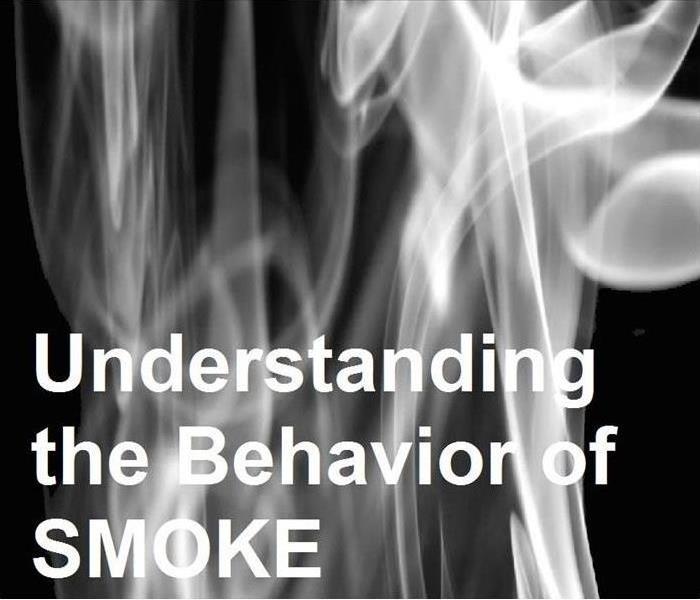The Behavior of Smoke
3/1/2021 (Permalink)
The damage to your property following a fire can often be complicated due to the unique behavior of smoke.
There are two different types of smoke--wet and dry. As a result, there are different types of soot residue after a fire. SERVPRO of Eastern Rockland County technicians are trained in fire cleanup and restoration, and know the different types of smoke and its behavior patterns. Knowing this information is vital to proper restoration. Before restoration begins, the technicians will survey the loss to determine the extent of impact from fire, smoke, heat, and moisture on the building materials and contents. The soot will then be tested to determine which type of smoke damage occurred. Pretesting determines the proper cleaning method and allows us to focus on your precious items.
Smoke can penetrate various cavities within the structure, causing hidden damage and odor. Our knowledge of building systems helps us to investigate how far smoke damage may have spread. The following are additional facts you may not know about smoke.
- Hot smoke migrates to cooler areas and upper levels of a structure.
- Smoke flows around plumbing systems, seeping through the holes used by pipes to go from floor to floor.
- The type of smoke may greatly affect the restoration process.
Different Types of Smoke
Wet Smoke (Plastic and Rubber) Low heat, smoldering, pungent odor, sticky, smeary. Smoke webs are more difficult to clean.
Dry Smoke (Paper and Wood) Fast burning, high temperatures, heat rises therefore smoke dries.
Protein Fire Residue (Produced by evaporation of material rather than from a fire) Virtually invisible, discolors paints and varnishes, extreme pungent odor.
Fuel Oil Soot (Furnace Puff Backs) While "puff backs" can create havoc for homeowners, SERVPRO of Eastern Rockland County technicians can, in most cases restore the contents and structure quickly.
Other Types (Tear gas, fingerprint powder, and fire extinguisher residue) Special loss situations require special care.
Our technicians have the training and equipment necessary to handle even the toughest losses. And make any smoke disaster "Like it never even happened." To Learn more read our fire brochure




 24/7 Emergency Service
24/7 Emergency Service
